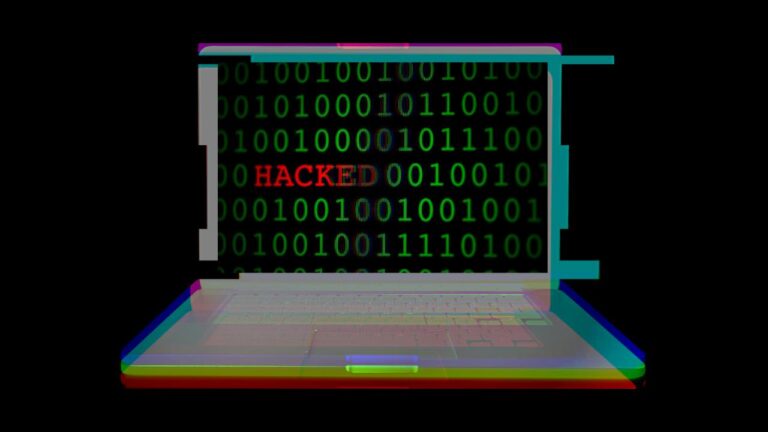Bitcoin mining difficulty rises to new ATH amid fears of centralization

TL;DR Breakdown
- Bitcoin mining difficulty has hit a new ATH as fears of centralization continue to rise.
- Analysts say the rise was driven by an influx of freshly deployed computing power over the past week.
- Governments are now entering the Bitcoin mining industry, providing competition to small miners and corporations.
Bitcoin mining difficulty rose to a new all-time high of 142.3 trillion on Friday. The BTC mining difficulty, a metric that measures the relative challenge of adding new blocks to the ledger, hit successive highs in August and September. According to analysts, the jump was driven by an influx of freshly deployed computing power over the last few weeks.
In a report released by CryptoQuant, Bitcoin hashrate, the average of the total computing power securing the decentralized monetary protocol, also hit an all-time high of over 1.1 trillion hashes per second at the same time. The surge in mining difficulty and the constant need for energy-intensive, high-performance computing power to secure the network are now making it harder for individual miners and even corporations to compete, increasing concerns that Bitcoin mining is becoming too centralized.
Bitcoin mining surges amid new fears of centralization
Over the last few months, small-scale miners have been feeling the heat, with publicly traded companies and even governments providing competition in the mining space. Governments have access to free energy resources and infrastructure providers that can integrate Bitcoin mining into their business operations. Governments that have been mining Bitcoin or exploring the activity include Bhutan, El Salvador, and Pakistan.
In May, Pakistan announced that it would allocate 2,000 megawatts (MW) of surplus energy for Bitcoin mining. The development is coming amid the government’s embrace of digital assets and the crypto industry. In addition to drumming up regulations to cover the sector, Pakistan also recently called on crypto exchanges worldwide to partner in their new digital economy, promising friendly regulations so the firms can tap into its growing economy.
In addition, energy providers in the United States state of Texas are also thinking about integrating Bitcoin mining into their infrastructure to balance electrical loads in collaboration with the Energy Reliability Council of Texas (ERCOT). Under the Public Utilities Commission of Texas (PUCT) rule, Bitcoin miners are expected to share several information, including location, ownership information, and demand for electricity of their facilities, with the state agency.
ERCOT is an independent system operator representing 90% of the state’s electric load. According to PUCT Chairman Thomas Gleeson, the new rule was designed to help manage the power grid as more mining facilities begin to come online. “To ensure the ERCOT grid is reliable and meets the electricity needs of all Texans, the PUCT and ERCOT need to know the location and power needs of virtual currency miners,” he said.
Electrical grids can suffer from a lack of energy to meet consumer needs during peak demand periods. It can also be surplus during times of low demand. In any case, both can damage the electrical grid and pose a danger if they are not properly redirected. Energy companies in Texas use Bitcoin mining as a controllable load resource to balance these discrepancies, consuming energy in times of low demand and turning off their rigs during times of peak demand.






